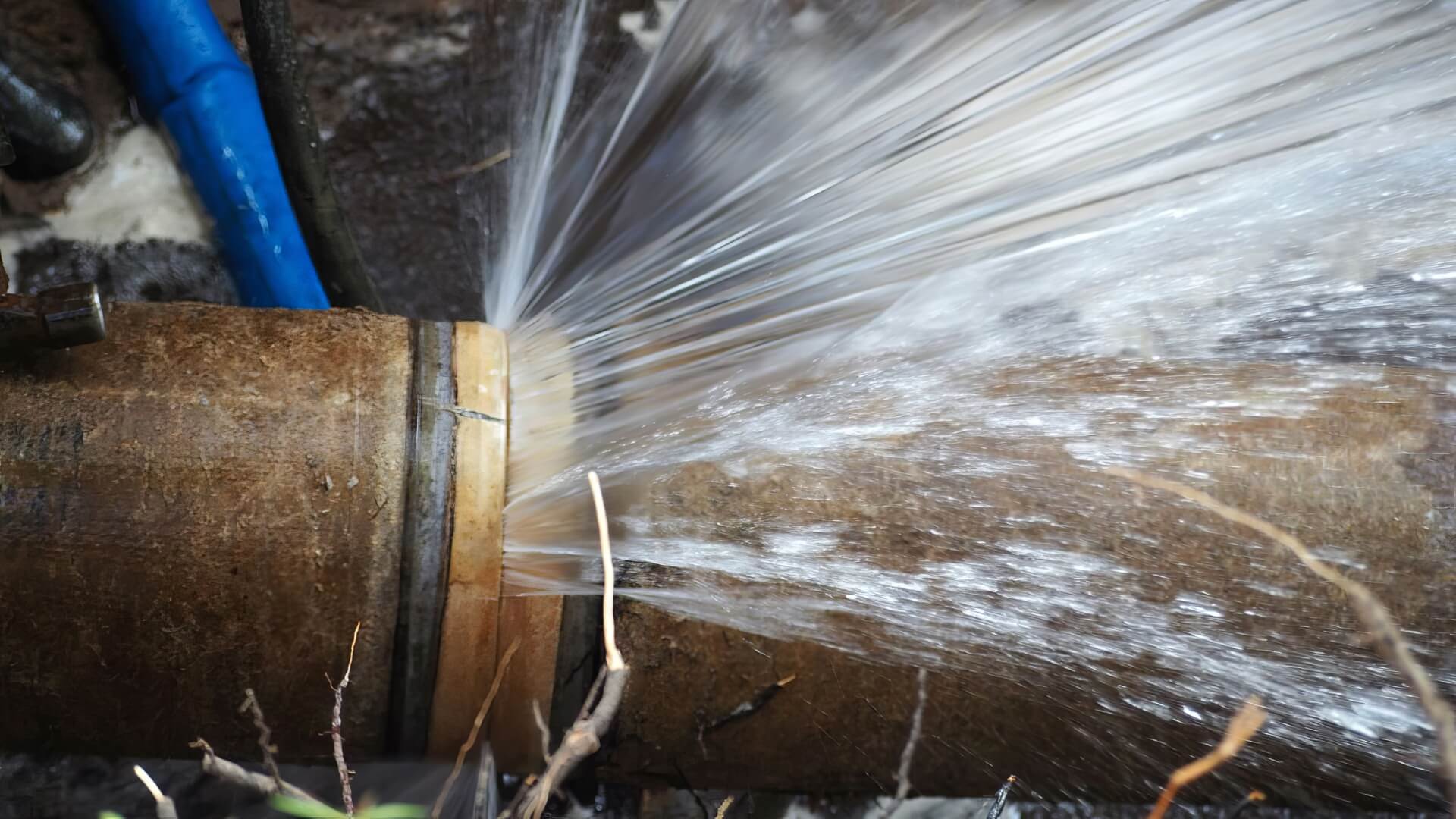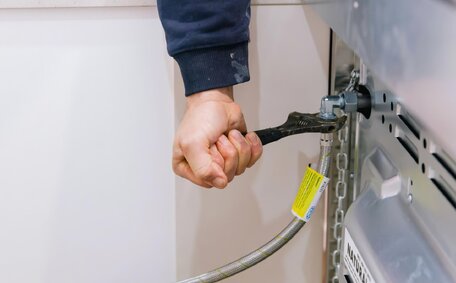What is Pipe Relining?
Pipe relining is a trenchless method of repairing damaged pipes without having to dig them up. It involves inserting a resin-saturated liner into the existing pipe and curing it in place to form a new pipe within the old one. This restores structural integrity and flow capacity without the need for excavation.
Pipe relining is often used to repair sewer lines, water lines, gas lines, and drain pipes. It can fix a range of issues like cracks, leaks, root intrusion, and corrosion damage. Relining is less disruptive than traditional pipe replacement methods since it doesn’t require digging or destruction of landscaping or infrastructure.
The pipe relining process begins with an inspection using a camera to identify damaged sections and determine if the pipe is a good candidate for relining. Once the liner material is selected, it is saturated with epoxy resin and pulled or inverted into the damaged pipe.
The resin is then cured, usually with hot water, steam, or UV light. This hardens the liner, bonding it to the old pipe.
In just a few hours, pipe relining can restore most pipes to like-new condition. This extends the life of the pipe for decades and prevents further deterioration. Relining pipes is often cheaper than replacing them while providing the same upgrades in performance and durability.
How to Determine if Your Pipe is Damaged and Can Be Relined
There are a few signs that can help determine if a pipe in your home is damaged and a good candidate for relining instead of full replacement.
Visible Signs of Pipe Damage
Some clear visual cues that a pipe may be damaged and in need of repair include:
- Cracks or leaks in the pipe, joints, or fittings
- Water damage, mould, or damp areas along the pipe path
- Depressions or sinkholes in the ground above the buried pipe
Any of these visible issues are a good indication there may be damage worth investigating further.
Plumbing Issues and Drain Problems
Problems like the following can also signify an underlying issue with damaged pipes:
- Reduced water flow or pressure
- Gurgling sounds from pipes or drains
- Foul sewage odours coming from drains or vents
- Backed up drains or toilets
- Frequent clogs requiring drain cleaning
If you experience plumbing problems focused in one part of your home, it may point to a localised damaged section of pipe.
Inspection and Testing
To confirm whether damage exists, pipe inspection and testing are recommended. Useful diagnostic techniques include:
- Camera inspection - A camera probe fed through the pipe visually reveals cracks, holes, root intrusion, or corrosion.
- Dye testing - Tracing dye flushed into the system will pinpoint any leaks.
- Pressure testing - Pressurising the pipe will highlight leaks and weaknesses.
Once pipe damage is confirmed through inspection, an experienced plumber can advise if relining is the right solution for the specific pipe material and issues discovered.
The Pipe Relining Process Step-by-Step
Here is a step-by-step overview of the pipe relining process:
- Inspection - A camera is fed through the damaged pipe to assess the issues and determine if relining is suitable. Measurements are taken to custom-fit the liner.
- Pipe Preparation - The pipe is cleaned using high-pressure water jets. Roots, grease, and debris are removed to prepare the inner walls.
- Resin Impregnation - The liner material is wetted and saturated with a two-part epoxy resin. The resin-saturated liner is loaded into an inversion device.
- Liner Installation - The liner is inverted or pulled into the damaged pipe using air or water pressure. This unfolds it against the pipe walls.
- Curing - The epoxy resin is cured, usually by introducing hot water or steam into the pipe. Curing hardens the liner, bonding it permanently to the old pipe.
- Service Reconnection - Once cured, the liner openings for service connections are reinstated. These are cut open using a robotic cutter.
- Final Testing - The relined pipe is CCTV inspected and pressure tested to ensure no defects, leaks or blockages.
The curing process bonds the liner securely to the original pipe while sealing damage and restoring structural stability. In just a day, years can be added to the pipe’s lifespan using trenchless relining.
Pros and Cons of Pipe Relining vs Full Replacement
Pros of Pipe Relining
- Much less invasive than full replacement - no need to dig trenches or destroy landscaping
- Significantly less expensive than full replacement
- Much quicker process - typically completed in 1-2 days
- Much less disruption to your home or business
- Maintains the pipe’s original flow capacity and performance
- Extends the life of your pipes by 50 years or more
- Lower risk of environmental contamination from sewage leaks
Cons of Pipe Relining
- Only feasible for pipes that are still structurally sound; fully collapsed pipes need replacing
- Restricted to pipe sections between access points; multiple access needed for long runs
- Limited to pipe diameters of 3-36 inches
- Not suitable for severely damaged or misaligned pipes
Pros of Full Pipe Replacement
- Fully replaces old, deteriorating pipes
- Option to upgrade pipe material or capacity
- Resolves alignment issues
- Long-term solution for severely damaged pipes
Cons of Full Pipe Replacement
- Much more expensive and invasive than relining
- Involves extensive excavation and property damage
- Greater disruption; takes much longer to complete
- Higher risk of complications and cost overruns
- Greater environmental impact
In summary, pipe relining offers a faster, less disruptive, and more affordable repair option in most situations where the existing pipe has retained some structural integrity. However, fully collapsed, misaligned, or completely corroded pipes may need full replacement.
Types of Pipes That Can Be Relined
Cast Iron
Cast iron pipes were commonly installed in homes from the late 1800s up until around the 1950s. While durable, old cast iron is susceptible to corrosion and cracking over time. Relining can restore cast iron pipes to like-new condition.
Clay
Clay was used historically for sewer lines and drain pipes. Although clay has longevity, the sections can shift over time causing cracks and breaks. Relining stabilises the joints and seals defects.
Copper
Copper pipes have been widely used for water lines and gas lines in homes over the years. Pinhole leaks, pitting corrosion and cracks can develop in copper pipes as they age. Relining is an effective repair technique.
Galvanised Steel
Galvanised steel pipes have zinc coating to resist corrosion but it eventually wears off. Once the galvanising is gone, the steel beneath corrodes. Relining can add decades of life to deteriorating steel pipes.
Lead
Lead pipes pose health risks so are no longer used in modern plumbing systems. However, homes built before the 1980s may contain lead pipes or joints. Relining encapsulates lead pipes, preventing corrosion and lead leaching.
PVC
PVC is used for drain, waste and vent piping in modern plumbing. Although durable, PVC can become brittle and crack over time. Relining restores structural integrity and flow capacity to ageing PVC pipe systems.
In summary, pipe relining provides an effective trenchless repair solution for all these common pipe materials. It can add decades of life while avoiding the need to dig up and replace pipes.
Frequently Asked Questions About Pipe Relining
What exactly is pipe relining?
Pipe relining is a trenchless method of repairing damaged pipes from the inside out. It involves inserting a flexible liner coated in epoxy resin into the damaged pipe and curing it to form a new pipe within the existing one.
How do you know if my pipes need relining?
We use CCTV camera inspection to assess the condition of your pipes. If cracks, holes, root intrusion, corrosion damage or other defects are found, pipe relining is usually recommended as a cost-effective repair option.
What materials can be relined?
Pipe relining works for a wide range of materials including clay, cast iron, galvanised steel, copper, concrete and PVC. If the pipe retains some structural integrity, relining can renew it.
How long does pipe relining take?
The relining process usually takes 1-2 days. Existing access points are used, so no digging or destruction to your property is required. Disruption is minimal.
How long do relined pipes last?
The expected lifespan of a relined pipe is 50 years or more. The epoxy resin bonds strongly to seal damage and prevent further corrosion and deterioration.
Why choose pipe relining over replacement?
Relining is faster, less invasive, more affordable, and longer-lasting than digging up and replacing pipes. It restores your plumbing while avoiding destruction to landscaping.
How can I schedule a pipe relining?
Contact our team to arrange a camera inspection. We’ll assess your pipes and advise on the best trenchless repair options. We can answer any other questions you have about relining your pipes.





